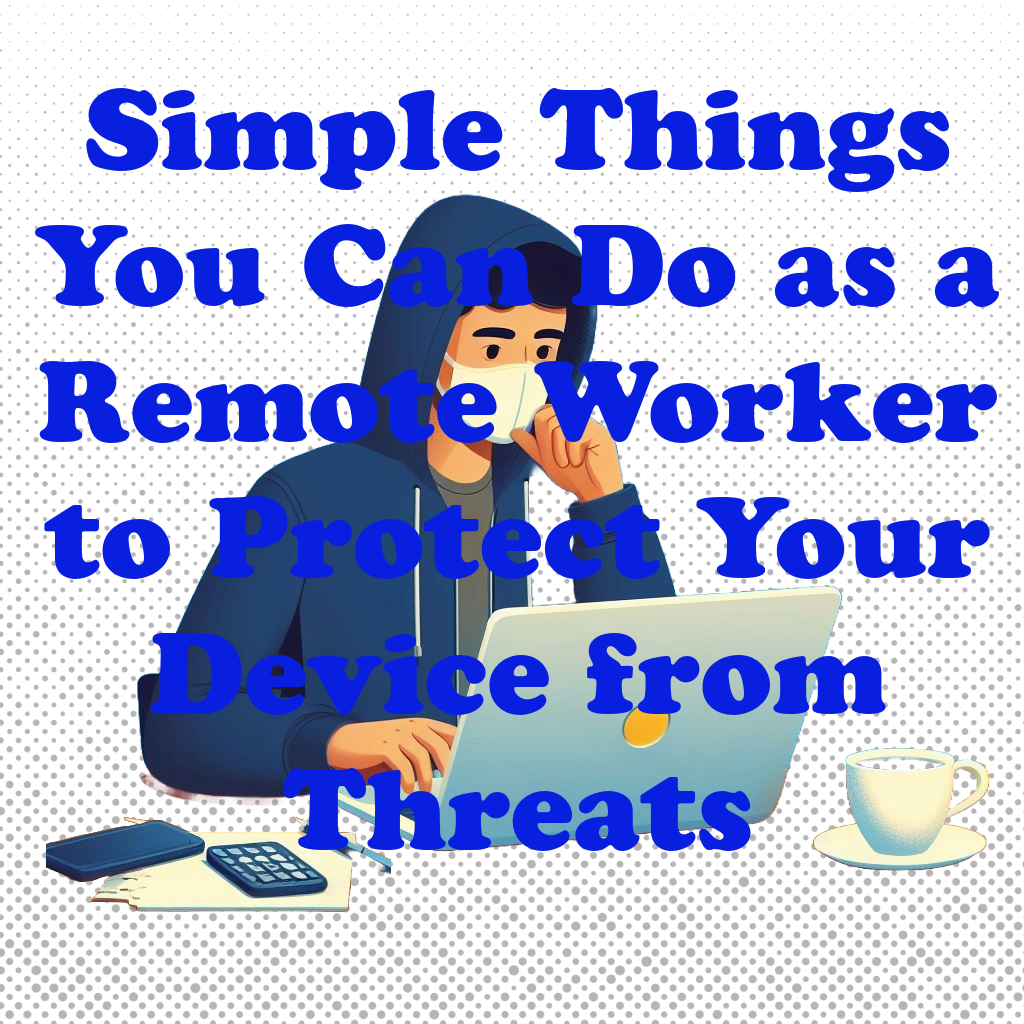Many businesses and entrepreneurs are looking for ways to tap into the huge potential of Internet of Things to monetize and create value for their customers and stakeholders, in 2024. However, monetizing IoT involves many challenges and complexities, such as security, privacy, interoperability, scalability, and regulation. Therefore, it is important to have a clear and effective strategy to capture the opportunities and overcome the obstacles in the IoT market.
In this article, I’ll discuss some of the best practices and tips on how to monetize IoT in 2024, based on the current trends and predictions in the industry.
Choosing the right business model

One of the first and most critical steps in monetizing IoT is choosing the right business model that suits your product, service, and target market. There are many possible business models for IoT, such as:
– Product: Selling physical devices or hardware that are connected to the internet, such as smart speakers, wearables, or sensors.
– Service: Providing value-added services that are enabled by IoT, such as remote monitoring, predictive maintenance, or personalized recommendations.
– Platform: Offering a platform that connects different IoT devices and systems, and facilitates data exchange, integration, and management.
– Subscription: Charging a recurring fee for access to an IoT product or service, such as a smart home system, a fitness tracker, or a cloud storage.
– Pay-per-use: Charging based on the actual usage or consumption of an IoT product or service, such as a smart meter, a car-sharing service, or a smart vending machine.
– Advertising: Generating revenue from displaying ads or sponsored content on IoT devices or platforms, such as a smart TV, a digital billboard, or a voice assistant.
It is important to consider the following factors when choosing your business model:
– Value proposition: What is the unique value that your IoT product or service provides to your customers? In what ways does it address their challenges or desires?
– Customer segment: Who are your target customers? What are their characteristics, preferences, and behaviors? How do they use or interact with your IoT product or service?
– Revenue stream: How will you generate revenue from your IoT product or service? What are the sources, methods, and channels of your income?
– Cost structure: What are the costs involved in developing, delivering, and maintaining your IoT product or service? How can you optimize or reduce your expenses?
– Competitive advantage: What is your competitive edge in the IoT market? How do you differentiate yourself from your competitors? How do you sustain your market position and growth?
You can design a business model that aligns with your goals, capabilities, and customer expectations, and maximizes your IoT monetization potential when you answer these questions.
Leveraging data and analytics
Another key aspect of monetizing IoT is leveraging data and analytics. IoT generates a massive amount of data from various sources, such as sensors, devices, platforms, and users. This data can be a valuable asset for IoT businesses, as it can provide insights into customer behavior, product performance, market trends, and business opportunities.
However, data alone is not enough to create value. It needs to be collected, processed, analyzed, and visualized in a meaningful and actionable way. Therefore, IoT businesses need to invest in data and analytics tools and capabilities, such as:
– Data infrastructure: Building a robust and scalable data infrastructure that can handle the volume, velocity, variety, and veracity of IoT data, and ensure its quality, security, and privacy.
– Data science: Applying data science techniques and methods, such as machine learning, artificial intelligence, or deep learning, to extract insights, patterns, and predictions from IoT data, and enable data-driven decision making and innovation.
– Data visualization: Using data visualization tools and techniques, such as dashboards, charts, graphs, or maps, to present and communicate IoT data and insights in a clear and engaging way, and facilitate data exploration and discovery.
Leveraging data and analytics in IoT businesses can create value for themselves and their customers, such as:
– Improving customer satisfaction: Using IoT data and analytics to understand customer needs, preferences, and feedback, and provide personalized and customized products and services that enhance customer satisfaction and retention.
– Optimizing product performance: Using IoT data and analytics to monitor, measure, and improve product performance, quality, and reliability, and provide proactive and preventive maintenance and support.
– Identifying new opportunities: Using IoT data and analytics to discover new trends, patterns, and opportunities in the IoT market, and develop new products, services, features, or solutions that meet customer demands and expectations.
– Increasing operational efficiency: Using IoT data and analytics to streamline and automate business processes, reduce costs, increase productivity, and enhance operational efficiency and effectiveness.

Creating a seamless user experience
A third important factor in monetizing IoT is creating a seamless user experience. User experience (UX) is the overall impression and feeling that a user has when using or interacting with an IoT product or service. UX is influenced by many elements, such as design, functionality, usability, accessibility, reliability, and security.
Creating a seamless UX is essential for IoT monetization, as it can affect customer satisfaction, loyalty, and advocacy, as well as word-of-mouth and reputation. Therefore, IoT businesses need to focus on the following aspects when designing and delivering their IoT products and services:

– User-centricity: Putting the user at the center of the IoT product or service development and delivery, and involving them in the design, testing, and feedback processes, to ensure that the IoT product or service meets their needs, expectations, and preferences.
– Simplicity: Making the IoT product or service easy to use, understand, and operate, and avoiding unnecessary complexity, confusion, or frustration for the user.
– Consistency: Maintaining a consistent look, feel, and functionality across different IoT devices, platforms, and channels, and ensuring a smooth and coherent user journey and interaction.
– Accessibility: Making the IoT product or service accessible and inclusive for all users, regardless of their abilities, disabilities, or preferences, and complying with the relevant standards and regulations.
– Reliability: Ensuring that the IoT product or service works as intended, and delivers a high-quality and stable performance, without any errors, glitches, or interruptions.
– Security: Protecting the IoT product or service, and the user’s data and privacy, from any unauthorized access, misuse, or breach, and following the best practices and guidelines for IoT security.
Building trust and loyalty
A fourth crucial aspect of monetizing IoT is building trust and loyalty. Trust and loyalty are the emotional bonds that a user has with an IoT product or service, and the extent to which they are willing to continue using it, recommend it, or advocate for it. Trust and loyalty are influenced by many factors, such as value, quality, satisfaction, reputation, and relationship.

Building trust and loyalty is vital for IoT monetization, as it can affect customer retention, repeat purchase, cross-selling, up-selling, and referrals. Therefore, IoT businesses need to adopt the following strategies to build trust and loyalty with their customers:
– Delivering value: Delivering value to the customer by providing a high-quality and reliable IoT product or service that solves their problems or satisfies their needs, and offering a fair and competitive price that reflects the value proposition.
– Seeking feedback: Seeking feedback from the customer on their experience and satisfaction with the IoT product or service, and listening to their opinions, suggestions, and complaints, and acting on them accordingly.
– Providing support: Providing support to the customer by offering a responsive and helpful customer service, and resolving any issues or queries that they may have with the IoT product or service, in a timely and effective manner.
– Rewarding loyalty: Rewarding loyalty to the customer by offering incentives, discounts, rewards, or benefits for their continued or increased usage or purchase of the IoT product or service, or for their referrals or advocacy.
– Building relationship: Building relationship with the customer by engaging with them on a regular basis, and providing them with relevant and useful information, content, or offers, that enhance their awareness, interest, and trust in the IoT product or service.
Partnering and collaborating
A fifth and final factor in monetizing IoT is partnering and collaborating. Partnering and collaborating are the ways that an IoT business works with other entities, such as suppliers, distributors, customers, competitors, or regulators, to achieve a common goal or benefit. Partnering and collaborating are driven by many motives, such as innovation, efficiency, scalability, or compliance.
Partnering and collaborating are beneficial for IoT monetization, as they can enable IoT businesses to access new markets, customers, technologies, or resources, and enhance their competitive advantage and value proposition. Therefore, IoT businesses need to consider the following aspects when partnering and collaborating with other entities:
– Identifying goals and objectives: Identifying the goals and objectives of the partnership or collaboration, and how they align with the vision and mission of the IoT business, and the needs and expectations of the customers.
– Selecting partners and collaborators: Selecting the partners and collaborators that have the relevant expertise, experience, reputation, and network in the IoT domain, and that share the same values, vision, and culture as the IoT business.
– Establishing roles and responsibilities: Establishing the roles and responsibilities of each partner and collaborator, and defining the scope, deliverables, and milestones of the partnership or collaboration, and the metrics and indicators to measure the progress and performance.
– Managing communication and coordination: Managing the communication and coordination among the partners and collaborators, and ensuring a transparent, timely, and effective exchange of information, feedback, and ideas, and resolving any conflicts or issues that may arise.
– Evaluating outcomes and impacts: Evaluating the outcomes and impacts of the partnership or collaboration, and assessing the benefits, costs, risks, and challenges, and the lessons learned and best practices, and identifying the areas for improvement or innovation.



